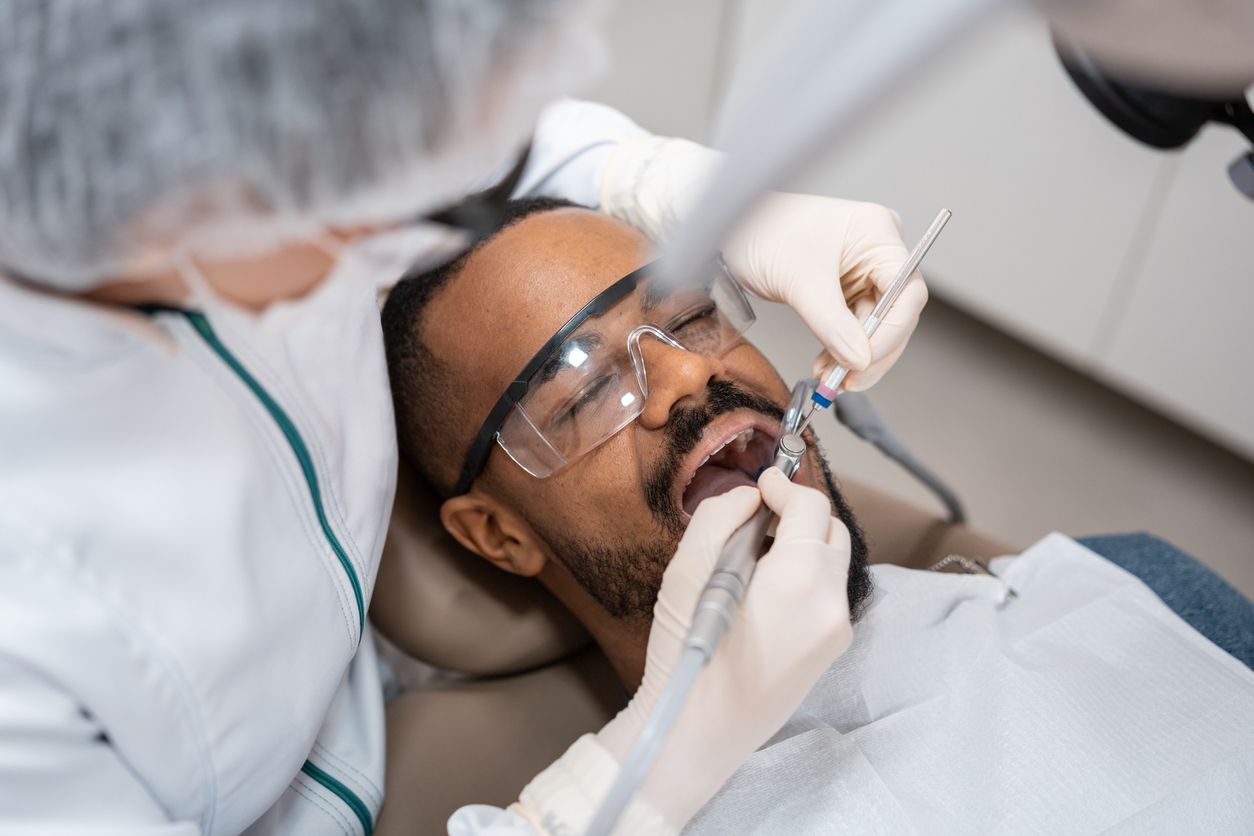Procedures
Extractions
Our goal at Nashua Perio is to always prevent potential problems in your mouth and gums. Sadly, this isn't always possible. You may need a tooth extraction if you are experiencing severe pain from a tooth. The removal of a single tooth is done to improve oral health.
Reason for a Tooth Extraction
The last resort is to extract the tooth in order to relieve pain and stop it from getting worse. The tooth is often too damaged or decayed for it to be repaired. A common cause of extraction is periodontal disease.
The leading cause of adult tooth loss is periodontal disease. A tooth extraction can stop an infection spreading to nearby teeth. If the infection has spread to the middle of the tooth, we will recommend a root-canal to save the tooth. An immune system compromised can increase the risk of infection. This increased risk can be enough to justify pulling a tooth.
In some cases, extraction may be necessary as part of an orthodontic treatment. In a mouth that is crowded, removing a tooth will help to create space to move the remaining teeth into their correct position. Crowded teeth may also cause other oral health problems, like tooth decay and gum diseases. There may not be enough space for a tooth to emerge above the gums in some cases (impacted teeth). It may be necessary to remove impacted teeth to prevent abscesses or severe pain.
Book an appointment today!
The Two Types of Extraction
Two major types of tooth extraction exist: simple and surgical. Simple extractions involve the removal of teeth that have already emerged above the gumline. An "elevator" will loosen the tooth from its socket. We'll then remove it from your mouth using forceps.
The surgical extraction is the removal of an unerupted tooth or a tooth which has broken off near the gumline. Wisdom teeth are the most common surgical extractions. When wisdom teeth erupt, there is not usually enough room in the jaw for them. This can cause a host of issues for the teeth around them.
During a surgical extraction, the tooth is usually broken into multiple pieces. It is then easier to remove the tooth from its socket. We may also need to remove some of the bone around it in certain cases.
After a Tooth Extraction
After the tooth has been removed, the area will be wrapped in gauze to minimize bleeding, swelling and discomfort. A bone graft may be performed to prevent the deterioration of your jawbone before we can place a restoration on you (usually dental implants). Follow our post-operative instructions closely to avoid complications such as dry socket. A dry socket is caused by a failure of clotting or when the clot becomes dislodged. This leaves the socket and bone exposed to the environment. This condition occurs in only three to four per cent of extractions. Schedule an appointment as soon as you feel severe pain.

